SENHIME
The heroine of a political marriage
The heroine of a political marriage that united the Tokugawa and Toyotomi clans. Set in the early Edo period, this stage performance dramatizes the Summer Siege of Osaka in 1615, a story based on the true life of a young girl swept up in the tides of history.
Created by the samurai performers KATANAYA ICHI, this sword-fighting performance includes minimal Japanese dialogue, but the story is easy to follow even without understanding the language.

About SENHIME
Senhime (Princess Sen) was the granddaughter of Tokugawa Ieyasu and the wife of Toyotomi Hideyori. She became the heroine of a political marriage arranged to unite the Tokugawa and Toyotomi clans.
Senhime (26 May 1597 – 11 March 1666), or Lady Sen, was the eldest daughter of the shogun Tokugawa Hidetada and later the wife of Toyotomi Hideyori
https://en.wikipedia.org/wiki/Senhime
Historical Background
At the end of the Sengoku period — a century-long era of turmoil that began with the Onin War in 1467 — powerful warlords fought relentlessly over land and authority. Nations clashed without end, and the lives of ordinary people remained unstable.
It was Toyotomi Hideyoshi who finally brought an end to the chaos and achieved the unification of Japan. However, in 1598, Hideyoshi passed away. With the loss of their commanding leader, the Toyotomi clan supported his heir, Toyotomi Hideyori, but ambitions among the daimyo soon began to intertwine, and the regime gradually started to waver.
Story
In 1600, Japan was divided as the great lords fought the Battle of Sekigahara — the Eastern Army led by Tokugawa Ieyasu against the Western Army under Ishida Mitsunari. Ieyasu’s victory paved the way for the establishment of the Tokugawa shogunate and the beginning of a long era of peace.
Yet, the Toyotomi heir, Toyotomi Hideyori, still remained in Osaka Castle, posing a constant threat to Tokugawa rule. To prevent open conflict, Ieyasu arranged for his granddaughter, Senhime, to marry Hideyori in a political union presented as reconciliation.
However, this marriage alone could not ease Ieyasu’s suspicions. Osaka Castle continued to flourish as the stronghold of the Toyotomi, attracting ronin and anti-Tokugawa forces. Tensions mounted until they erupted in the Siege of Osaka.
This stage performance focuses on Senhime, the granddaughter of Tokugawa Ieyasu, and Toyotomi Hideyori, dramatizing the Summer Siege of Osaka in 1615 — the final clash between the Toyotomi and Tokugawa clans. It portrays the downfall of the Toyotomi family, the rise of Tokugawa unification, and the dawn of the Edo period.
At the time of the Summer Siege, Senhime was 19 years old. After leaving Osaka Castle, she lived through many turbulent turns of fate, yet endured until the age of 70.
The story of a young woman who, though swept up in the upheavals of the Sengoku era, lived with strength and resilience — the story of Senhime.(25 mins)
Cast



Senhime
The protagonist of this story. She is the granddaughter of Tokugawa Ieyasu and the lawful wife of Hideyori. Sent to Osaka Castle in a political marriage, she is rescued from the castle when it falls during the Siege of Osaka.


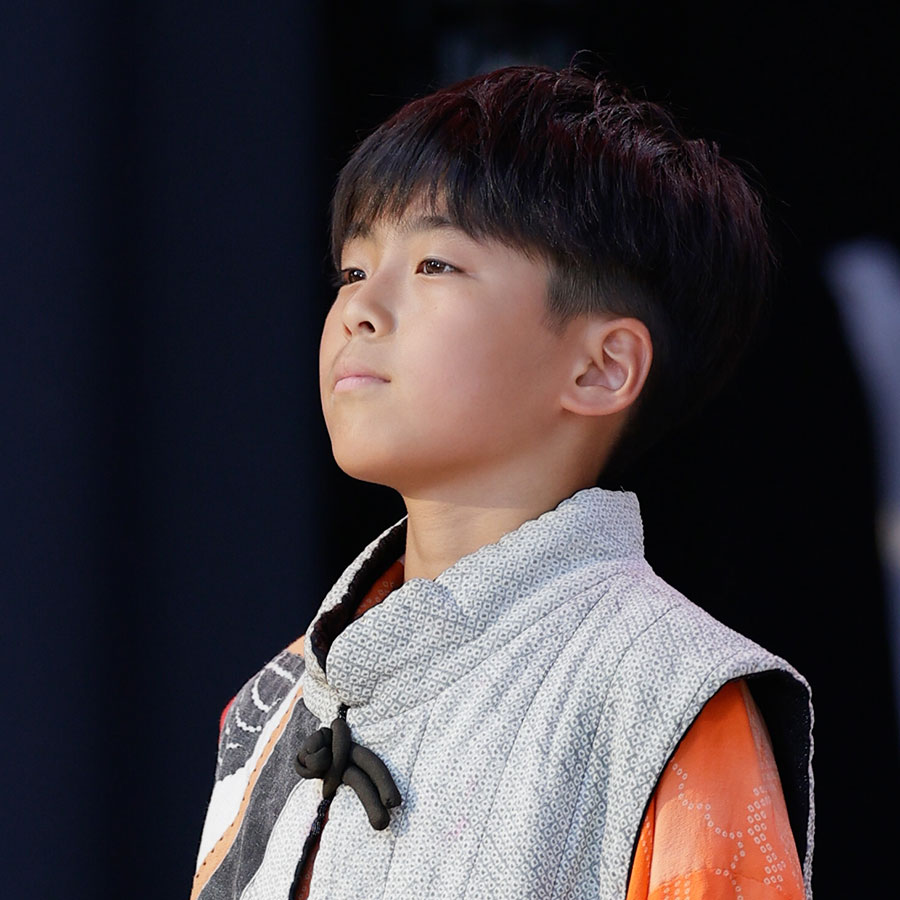
Hideyori Toyotomi
The son of Toyotomi Hideyoshi. As the heir of the Toyotomi clan, which achieved the unification of Japan, he becomes the lord of Osaka Castle. After a conflict with Tokugawa Ieyasu, he is defeated in the Siege of Osaka and commits suicide.
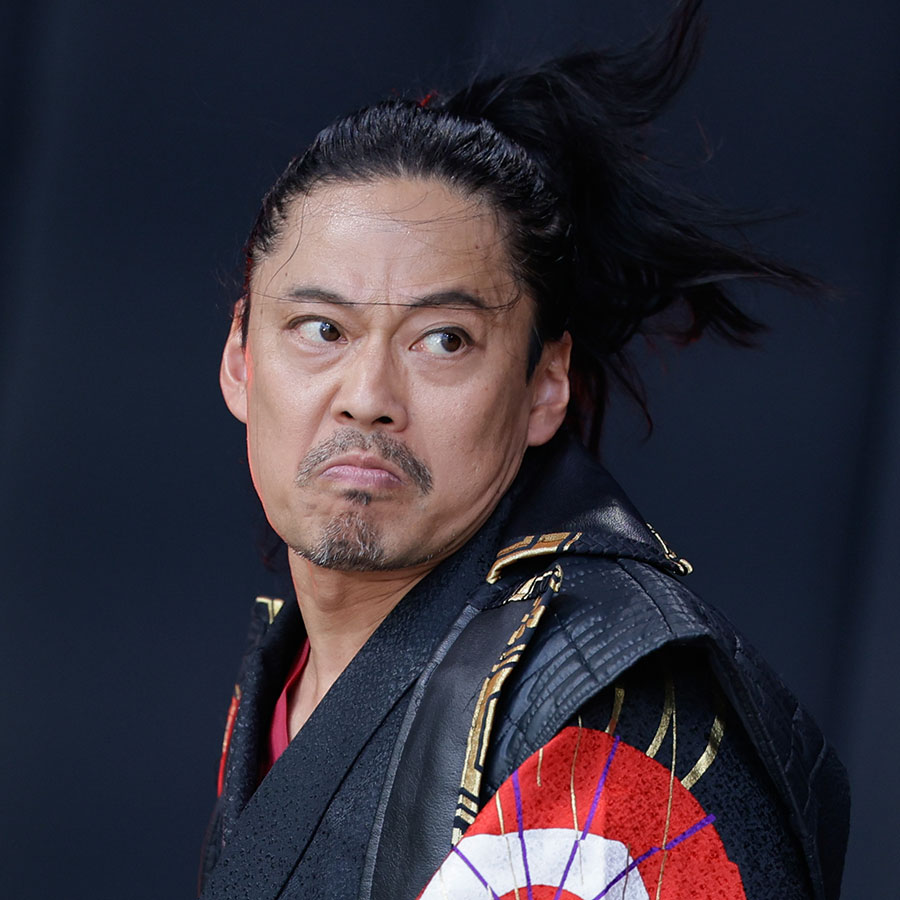
Naotaka Ii
The second son of Ii Naomasa, one of Tokugawa’s Four Heavenly Kings. During the Siege of Osaka, he plays a key role as a central general of the Tokugawa army and is one of the witnesses to Hideyori’s final moments.

Naomori Sakazaki
A retainer of Tokugawa Ieyasu, he became the lord of Tsuwano Domain for his achievements in the Battle of Sekigahara. He is said to have rescued Senhime during the fall of Osaka Castle.

Harunaga Ono
A retainer of the Toyotomi clan. During the Siege of Osaka, he supports Hideyori as one of the leaders of the Toyotomi forces, but dies in battle protecting him when the castle falls.

Suzu
Senhime’s attendant. A close companion who knows her well, like a sister.
Performance Schedule
2025
TOKYO FORWARD 2025 for World Athletics, Japan
KATANAYA ICHI will bring a Samurai TATE (sword fighting) performance to the special Edo Tokyo & Japan Stage at the World Athletics Championships Tokyo 2025. From September 13–21, the championships will energize not only the stadium but also the area around the Japan National Stadium as part of the official side program “TOKYO FORWARD 2025 for World Athletics”
- Sep 13 14:00–14:30
- Sep 17 16:10–16:40
- Sep 20 13:50–14:20
Edo Tokyo & Japan Stage in Stage Area, Japan National Stadium Outer Area
| Role | Sep 13 | Sep 17 | Sep 20 |
|---|---|---|---|
| Senhime | Yurika | Aya Shimizu | |
| Hideyori Toyotomi | Koki Kano | Akio Kumamoto | |
| Harunaga Ono | Asuka Kanzaki | ||
| Naotaka Ii | Dai Mizuno | ||
| Naomori Sakazaki | Kume | ||
| Suzu | Nanami | ||
| Senhime (Childhood) | NINA | ||
| Hideyori Toyotomi (Childhood) | ARATA | ||
| Ensemble | Ai Okubo | Eri Horikawa | |
| Ensemble | Kazupii | Akane Shiki | |
| Ensemble | Shogo Maeda | ||
| Ensemble | Sakura Oda | ||
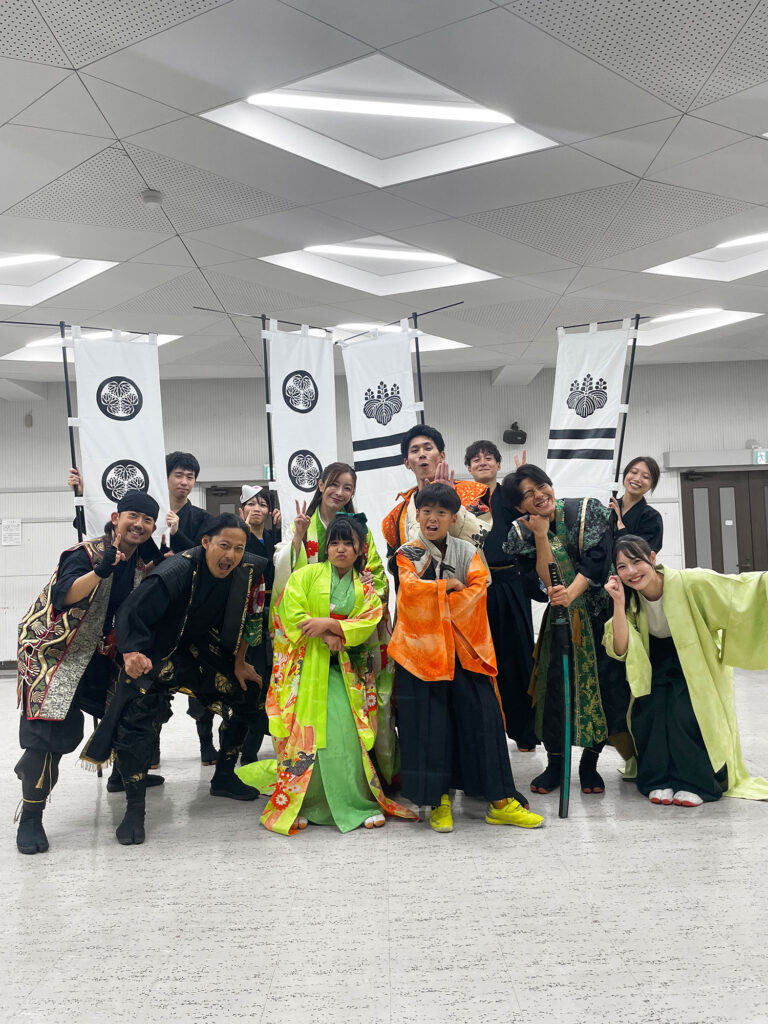

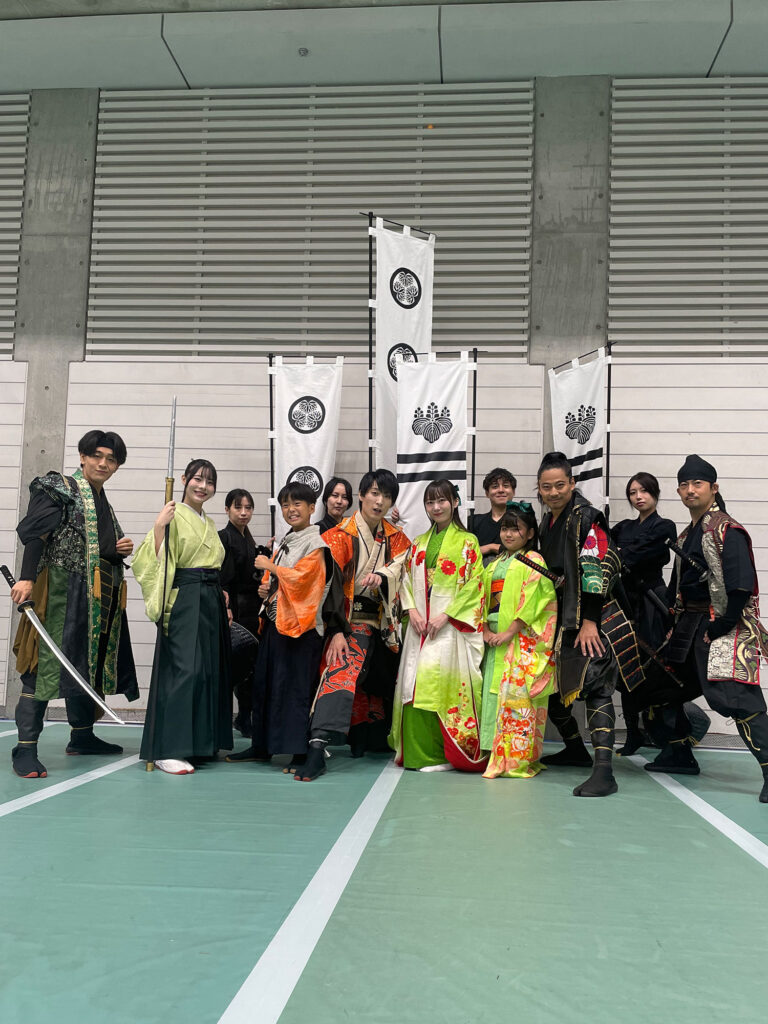
Samurai Show
The Ninja and Samurai performance team ‘KATANAYA ICHI’ will captivate the audience with their original show!
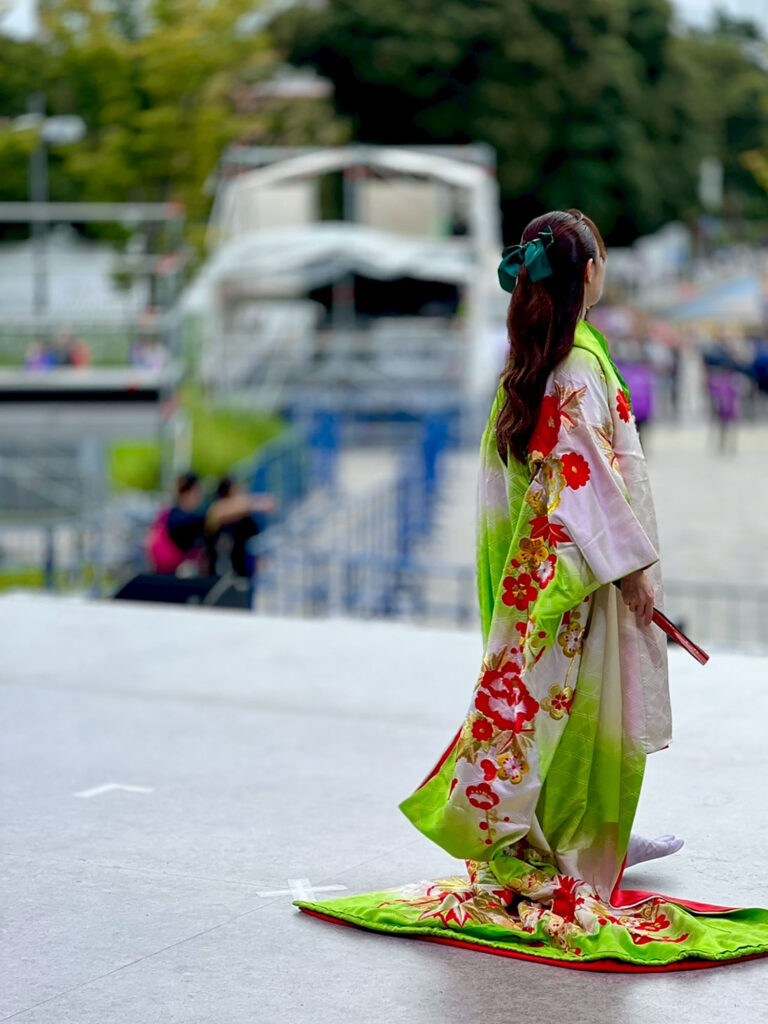
SENHIME
The heroine of a political marriage
The heroine of a political marriage that united the Tokugawa and Toyotomi clans. Set in the early Edo period, this stage performance dramatizes the Summer Siege of Osaka in 1615.

OIRAN
Forbidden Love with a Samurai
A powerful sword-fighting drama set in the dazzling world of Edo’s pleasure quarters, portraying a fierce and fleeting love between an oiran courtesan and two rival samurai.

KEIJI MAEDA
A legendary samurai
This stage show tells the story of Maeda Keiji, a legendary samurai from the late Sengoku to early Edo period.

GOEMON
The Outlaw Ninja from Iga
A samurai performance show inspired by the legendary outlaw Ishikawa Goemon, rumored to be a traitor from the Iga-ryu Ninja clan.
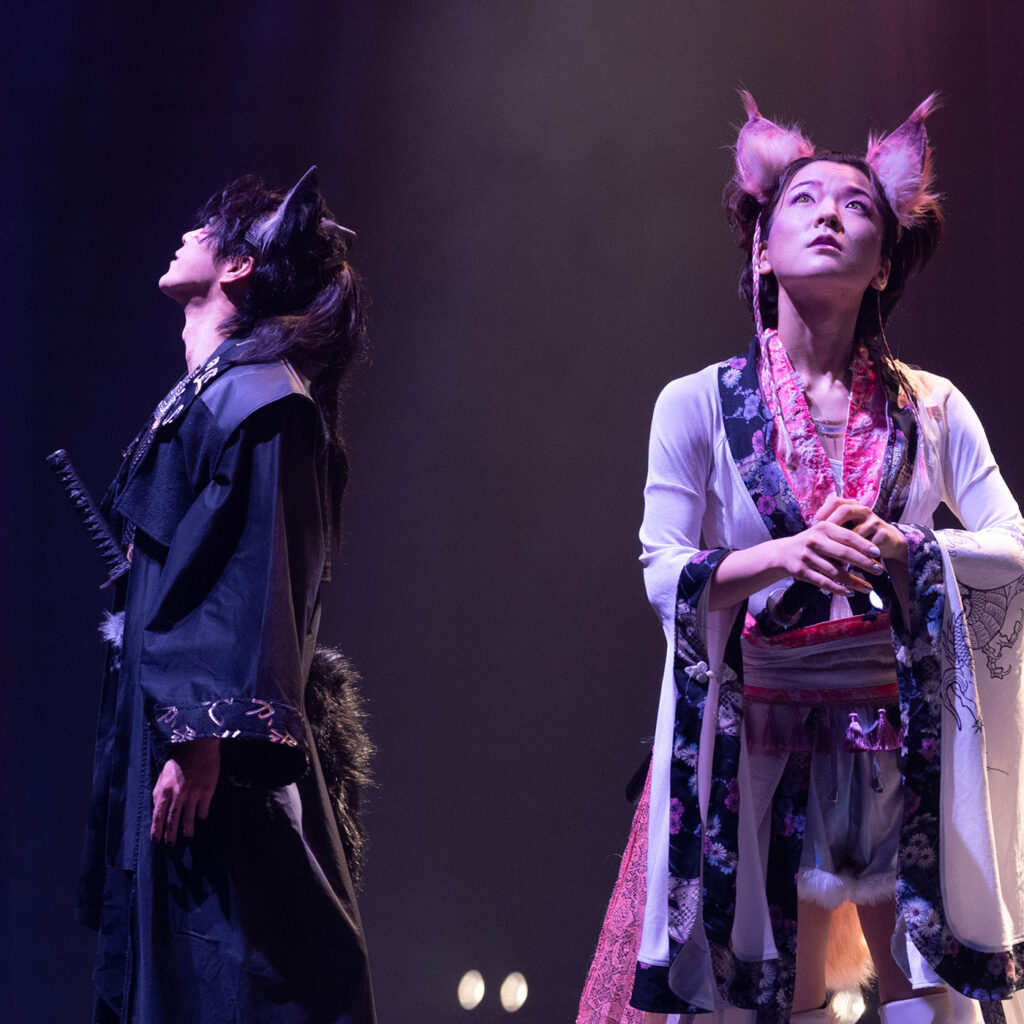
KITSUNEBI
Samurai vs Ninja
A fictional action performance that brings to life an epic battle between two legendary icons of Japanese culture: the Samurai and the Ninja.